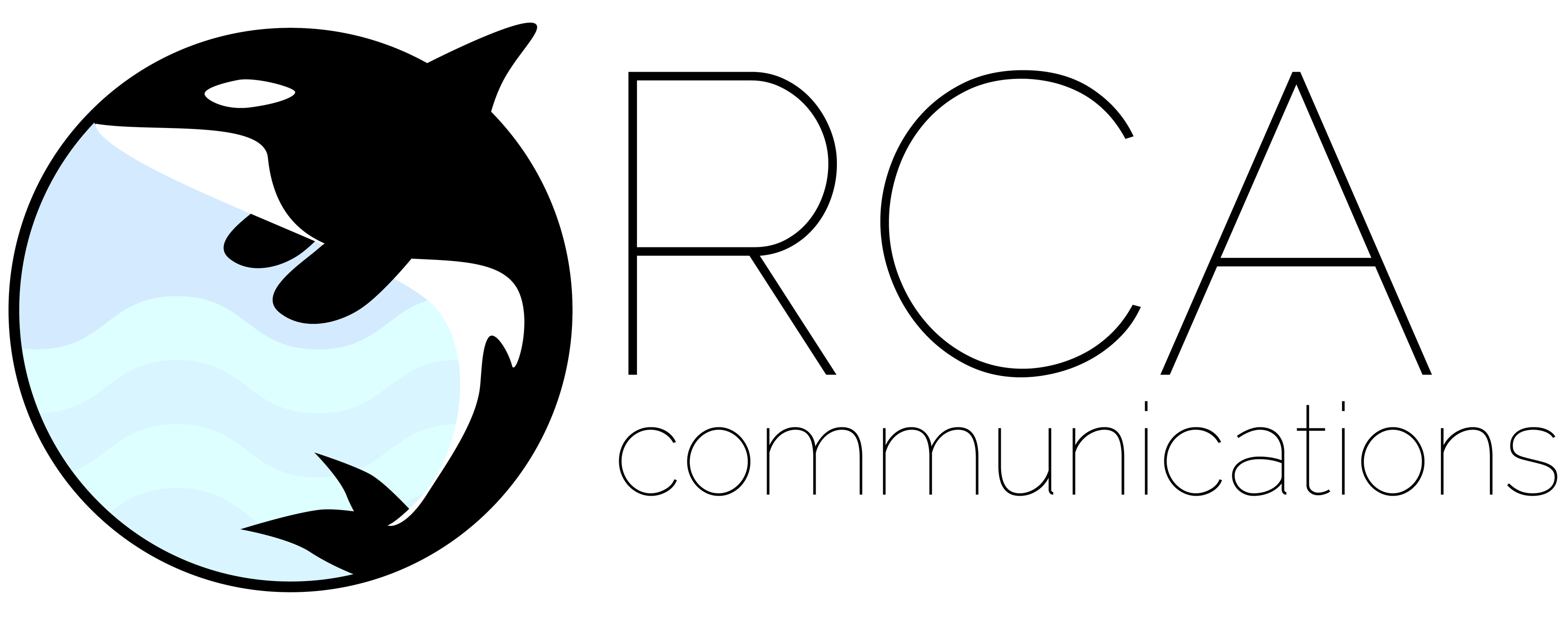How media and public relations work together
Many of us at Orca Communications USA have been on both sides of the media machine, both as the journalist who receives the pitches and as the publicist who sends them out.
There’s a reason why so many former journalists go into a career in public relations. It’s a natural transition – one that we understand really well because we’ve worked with publicists our entire journalism careers.
For people who don’t have a PR background, it can be difficult to understand how the two sides actually work together. The relationship is really quite simple. Editors, reporters, writers, journalists, and even bloggers are storytellers. Publicists are people who have stories to share.
Publicists craft formal press releases and less formal story pitches. They use those to introduce a story or an angle to an ongoing story to a writer or journalist. The publicist hopes that the writer will want to tell that story.
But the writer might not want to take that story at face value. They want to tell their own version – one that resonates well with their audience, gives more than one opinion, likely involves multiple interviews, etc. The writer will do their due diligence to give the best story to their audience.
So – at this point, the writer will open a conversation with the publicist. “Please, tell me more…” This is part of the communications process that you hired your publicist to handle for you. The publicist will now work to tell the story in a way that serves both their client and the writer’s audience.
At this point, if you have a physical product, the writer will likely request to review that product (we’ve written separately about how to send product samples to journalists) so they can give an unbiased opinion on it. The process requires a lot of organization of details and reporter preferences. The end goal for the publicist is for the story to be published in a way that portrays the client in a positive light and also maintains a good relationship with the journalist who writes the piece.
It isn’t always the friendliest of relationships. Journalists sometimes see publicists as pests. This is especially true if the publicist is insistent on something the journalist simply doesn’t want to do. Likewise, publicists often feel like members of the press are dismissive of their jobs and the constraints and demands they’re up against. Priorities can be mismatched.
Despite all of that, journalists and publicists rely on each other. When a journalist needs help finding a source or information for a story, they’ll contact a publicist. Publicists are experts in their client’s business and are quick to offer up information. When a journalist or writer trusts a publicist, the relationship becomes more collaborative and they can work together brilliantly.
That’s it. This is the relationship. That’s what PR does. This is how media and public relations work together.
If this is something you feel like your brand could benefit from, contact the Orca Communications PR team. We can give you a free consultation.

